Plastic containers may seem convenient for your leftovers or meal prep, but did you know they often unknowingly release microplastics into your food? Especially when you use them in the microwave or dishwasher. Those tiny particles eventually end up in your body – and of course, you don't want that. Time for a healthier, more sustainable alternative: glass food storage containers.
What are microplastics and how do they get into your food?
Microplastics are tiny plastic particles released through wear or heating. This especially happens with plastic containers:
-
During heating in the microwave or oven.
-
When cleaning in the dishwasher.
-
From scratches caused by cutlery or knives.
These particles are invisible but present. Research shows that microplastics have been found in our blood and even in breast milk.
Why glass and silicone are the solution
Glass is completely inert: it does not react with food and does not release any substances. Add a safe PFAS-free silicone rim and you have a leak-proof, healthy solution.
-
No microplastics.
-
No strange odors or tastes.
-
Safe for young and old.
Practical benefits of glass food storage
Besides health, glass has many more advantages:
-
Suitable for oven, microwave, freezer, and dishwasher.
-
Stackable and space-saving in your kitchen cabinet.
-
Sustainable: one container lasts for years.
-
Stylish on the table and in the fridge.
Glass vs. plastic: a clear choice
| Plastic containers | Glass food storage | |
|---|---|---|
| Health | Risk of microplastics | 100% safe, no chemicals |
| Sustainability | Wear out quickly, deform | Lasts for years |
| Usage | Limited in oven/freezer | Multifunctional |
Why choose plastic when glass and silicone are so much better? Make your kitchen microplastic-free and opt for a sustainable solution.

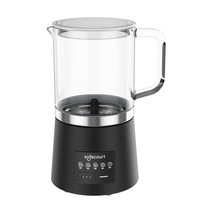
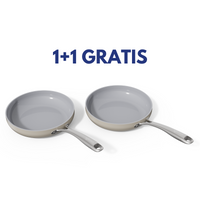
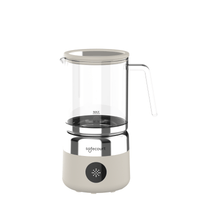
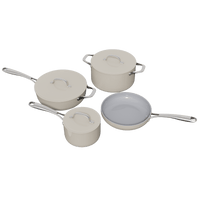
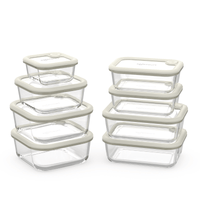
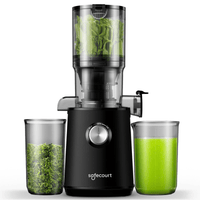
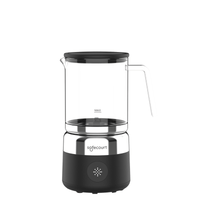
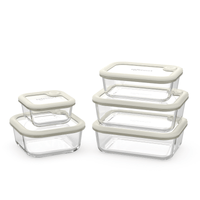


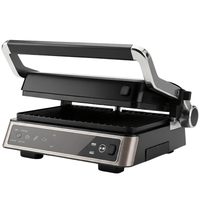
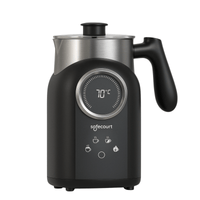

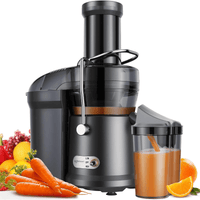



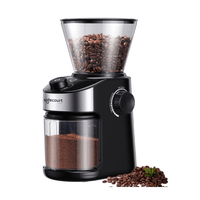
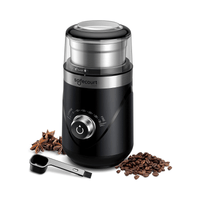
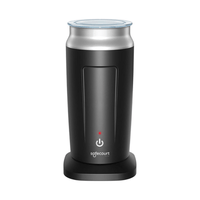

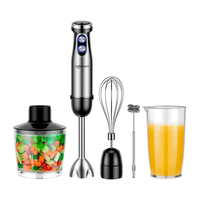


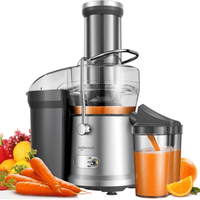
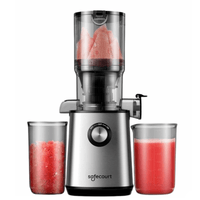
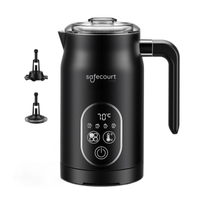

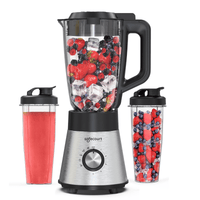
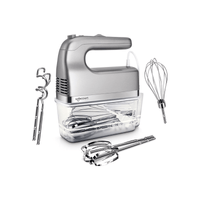
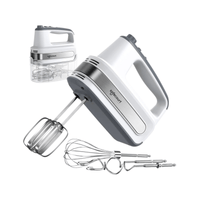
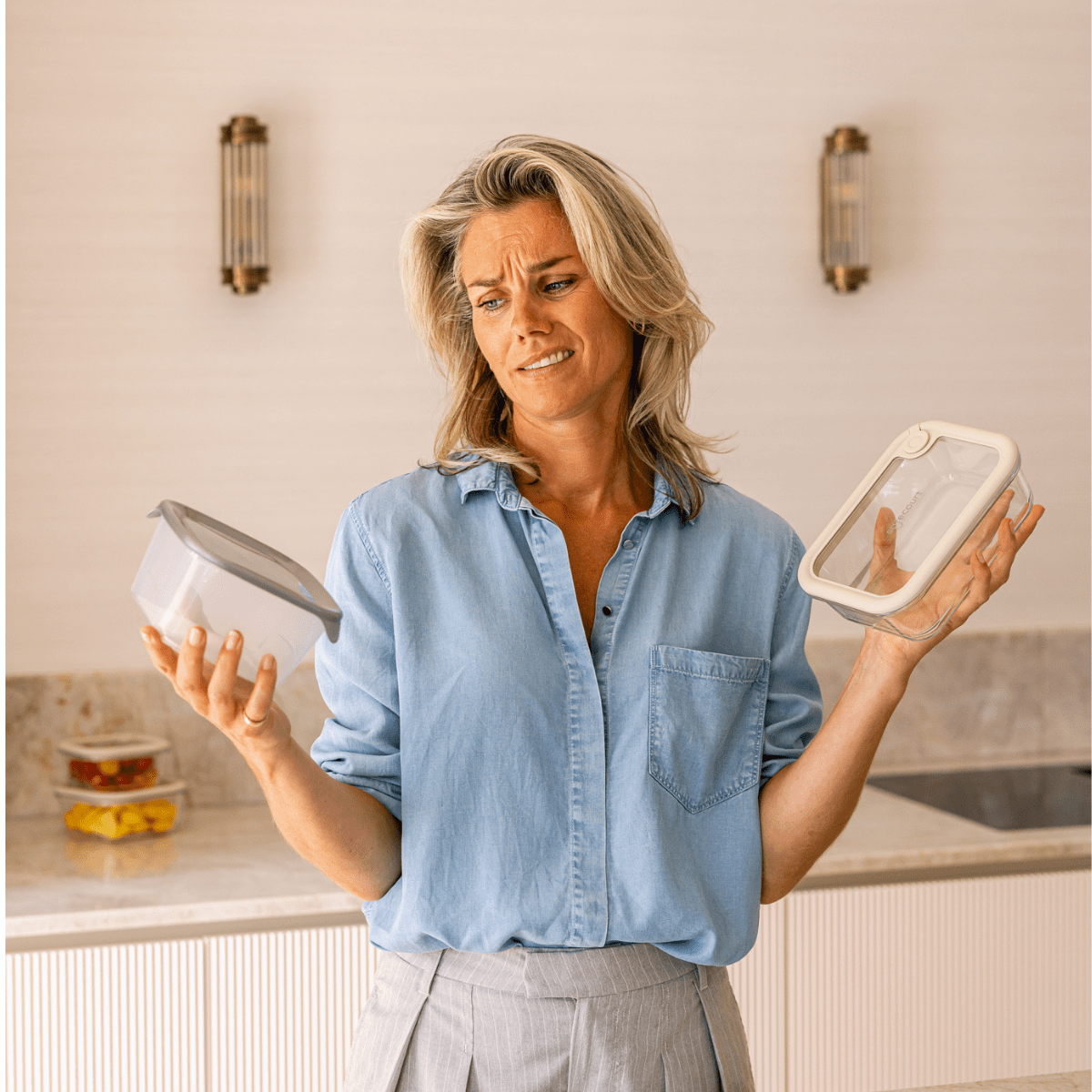
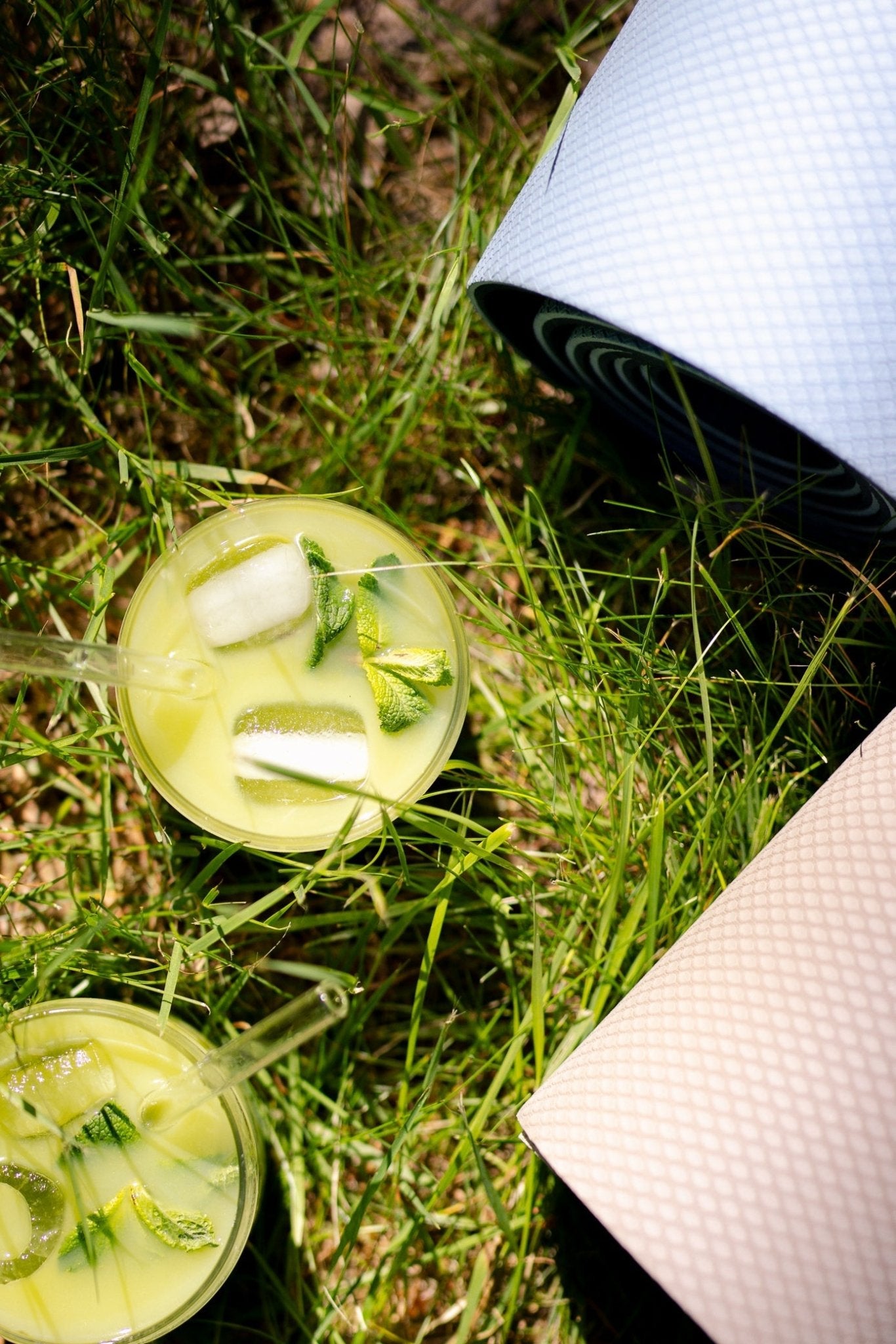
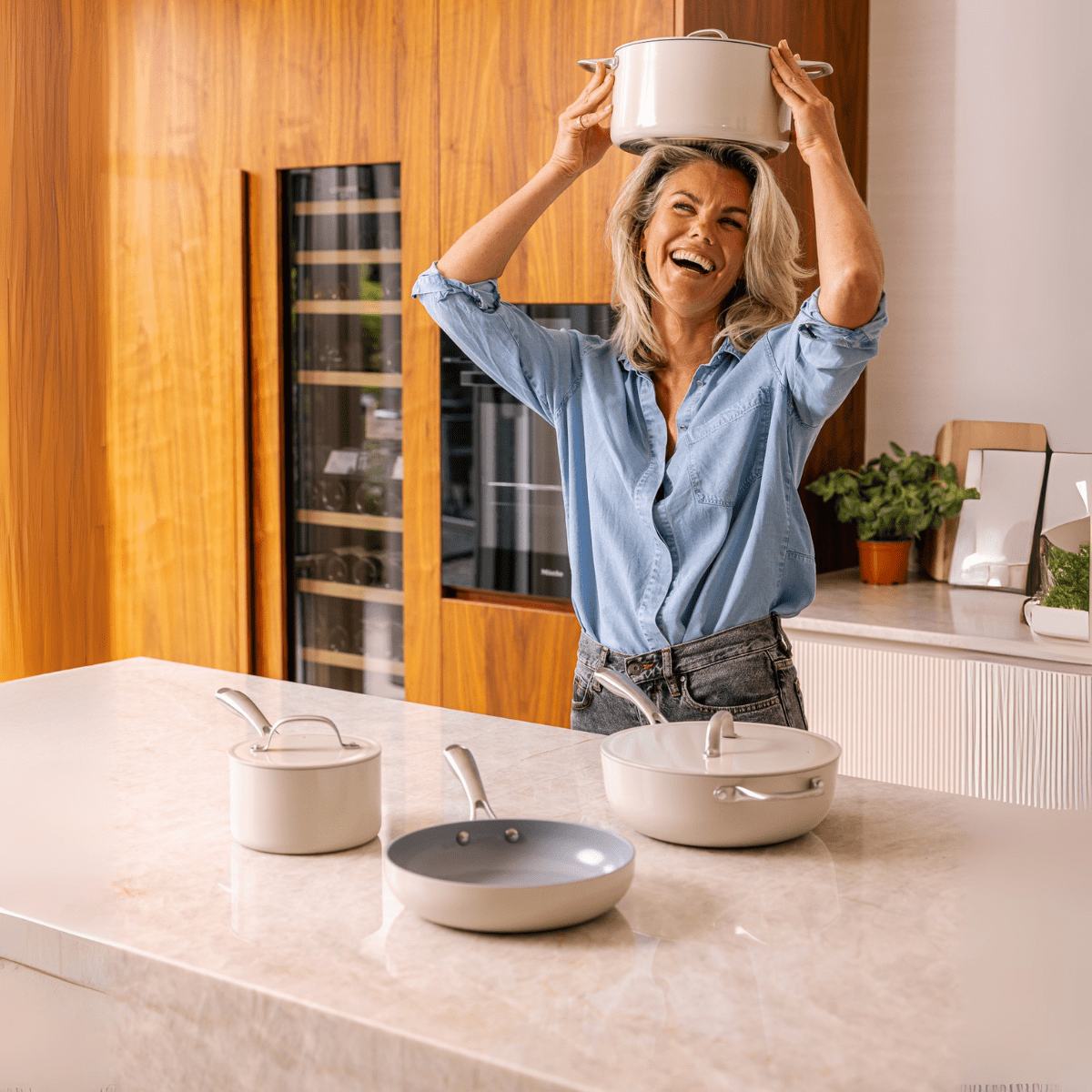
Leave a comment
This site is protected by hCaptcha and the hCaptcha Privacy Policy and Terms of Service apply.